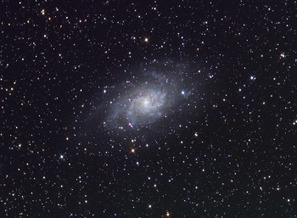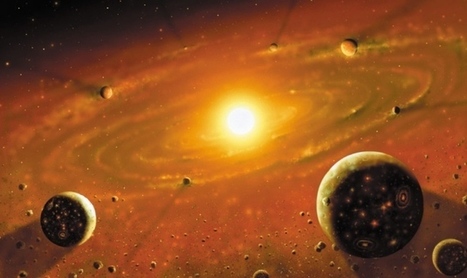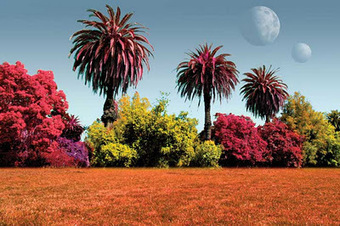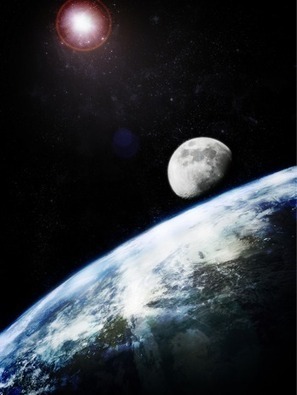Have you ever given any thought to intergalactic SETI? On the face of it, the idea seems absurd — we have been doing SETI in one form or another since the days of Project Ozma and without result.
Research and publish the best content.
Get Started for FREE
Sign up with Facebook Sign up with X
I don't have a Facebook or a X account
Already have an account: Login

 Your new post is loading... Your new post is loading...
 Your new post is loading... Your new post is loading...
|
|





















